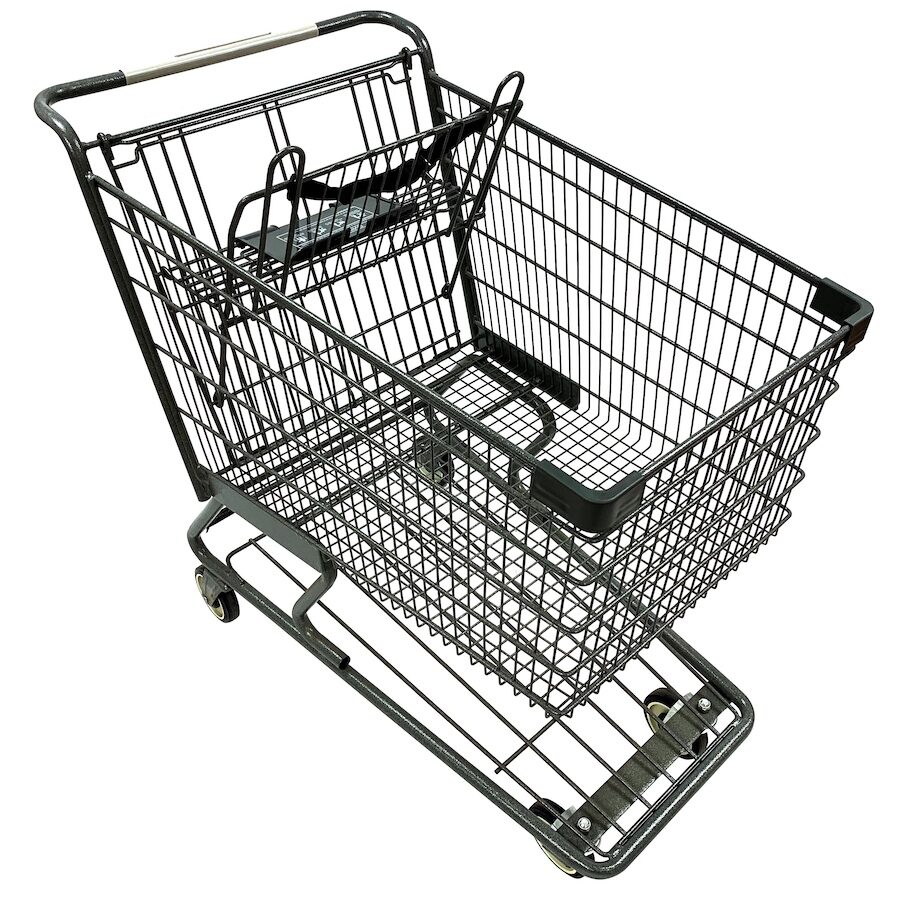In the dynamic world of marketing, understanding consumer behavior is paramount. The classification of goods into convenience, shopping, and specialty goods provides a framework for marketers to understand consumer purchasing habits and tailor their strategies accordingly. This article delves into the intricacies of these categories, shedding light on their characteristics, the consumer decision-making process involved, and their implications for marketing strategies.
Convenience goods are those that consumers purchase frequently, immediately, and with minimal comparison and buying effort. These include everyday items like bread, milk, or toothpaste. The key characteristic of convenience goods is their low cost and widespread availability. Consumers typically don't spend much time or effort deciding whether to buy these goods or which brand to choose. Therefore, marketers of convenience goods often focus on creating wide distribution networks and maintaining consistent quality.
Shopping goods, on the other hand, are less frequently purchased and consumers tend to spend more time comparing different brands and prices before making a purchase. These include items like clothing, furniture, or appliances. The decision-making process for shopping goods is more complex, often involving research and consideration of various factors such as price, style, quality, and brand reputation. Marketers of shopping goods need to focus on differentiating their products from competitors, whether through unique features, superior quality, competitive pricing, or strong branding.
Specialty goods represent a unique category of products that consumers make special efforts to search out and buy. These can include luxury items, unique gourmet foods, or high-end electronics. Consumers typically have a strong preference for a specific brand or version of these goods and are willing to expend significant effort to acquire them. Marketers of specialty goods need to focus on building a strong brand image and reputation, as consumers are often loyal to specific brands and are less price-sensitive.
The advent of e-commerce has blurred the lines between these categories to some extent. For instance, online platforms have made it easier for consumers to compare prices and features of shopping goods, potentially reducing the time and effort involved in the decision-making process. Similarly, specialty goods can now reach a wider audience, reducing the effort required to locate and purchase these items.
However, the fundamental characteristics of these goods and the consumer decision-making processes involved remain largely unchanged. Understanding these categories can provide valuable insights for marketers, helping them to tailor their strategies to the specific characteristics and buying behaviors associated with each type of good.
In conclusion, convenience, shopping, and specialty goods each represent unique categories with distinct characteristics and consumer behaviors. By understanding these categories, marketers can better tailor their strategies to meet consumer needs and preferences, ultimately driving sales and enhancing customer satisfaction. As the retail landscape continues to evolve, it will be interesting to see how these categories and the marketing strategies associated with them adapt and change.

